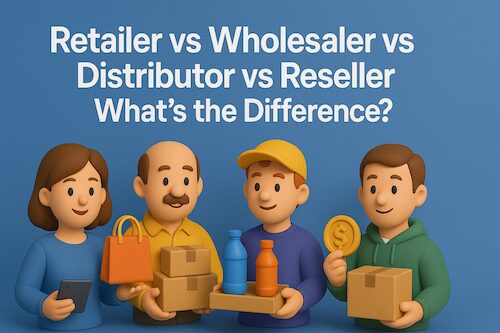What is the meaning of Yield Management?
Yield management is a dynamic pricing strategy used to maximize revenue by adjusting prices in response to real-time demand, availability, and consumer behavior. Originally popularized by the airline and hospitality industries, it involves selling the right product to the right customer at the right time for the right price. For instance, an airline might raise ticket prices as the departure date nears and available seats decrease, capitalizing on last-minute demand. Similarly, e-commerce businesses may increase prices or limit discounts during peak seasons like Black Friday or Cyber Monday, optimizing profit from high-interest periods.
Why is Yield Management important in business?
Yield management helps businesses strike a balance between supply, demand, and profitability. By analyzing customer purchasing behavior and market conditions, companies can strategically set prices to:
- Maximize revenue from limited inventory or capacity
- Stimulate demand during slow periods with discounts
- Optimize operational efficiency and resource allocation
- Outperform competitors with agile pricing responses
This strategy is especially critical for industries with fixed resources or perishable inventory—like flights, hotel rooms, event tickets, or even e-learning platforms with limited seats.
When is Yield Management most effective?
Yield management is most effective when:
- The product is limited in quantity or time-sensitive (e.g., hotel rooms, seats, appointments)
- Demand fluctuates significantly (e.g., weekends vs. weekdays, holiday shopping)
- Customers are willing to pay different prices based on timing, urgency, or value
It’s also useful in markets with predictable demand cycles, where businesses can use historical data to anticipate customer behavior and adjust prices ahead of time.
How does Yield Management work in practice?
Yield management typically relies on advanced analytics, algorithms, and automation tools to monitor real-time data like:
- Inventory levels
- Booking pace or cart abandonment rates
- Seasonal or competitor trends
- Customer segmentation and purchasing history
Based on these insights, prices are dynamically increased or decreased. For example, a hotel might offer early-bird discounts months in advance, then raise prices as the rooms fill up. Or a ride-hailing app may charge surge pricing during rush hours due to higher demand.
What are the benefits and risks of using Yield Management?
Benefits:
- Increases profitability by selling at the highest acceptable price
- Improves inventory efficiency and reduces unsold stock
- Enables more targeted and responsive marketing
- Encourages customer behavior (e.g., booking early for discounts)
Risks:
- Can lead to customer dissatisfaction if prices are perceived as unfair
- Requires accurate forecasting and real-time data processing
- May not work well in markets with low price elasticity
- Overuse can damage brand perception and loyalty
Companies must use it responsibly and transparently to avoid backlash or confusion.
Can you give an example of Yield Management in action?
An online airline ticketing platform is a classic example. At the start of ticket sales, prices are relatively low to attract early buyers. As the departure date approaches and the number of available seats drops, the price gradually increases to reflect higher demand. This helps the airline maximize revenue while rewarding early bookers with better deals. In e-commerce, a fashion retailer might apply yield management by increasing prices or limiting discounts on popular items during high-demand periods, while discounting less popular inventory to clear space.








